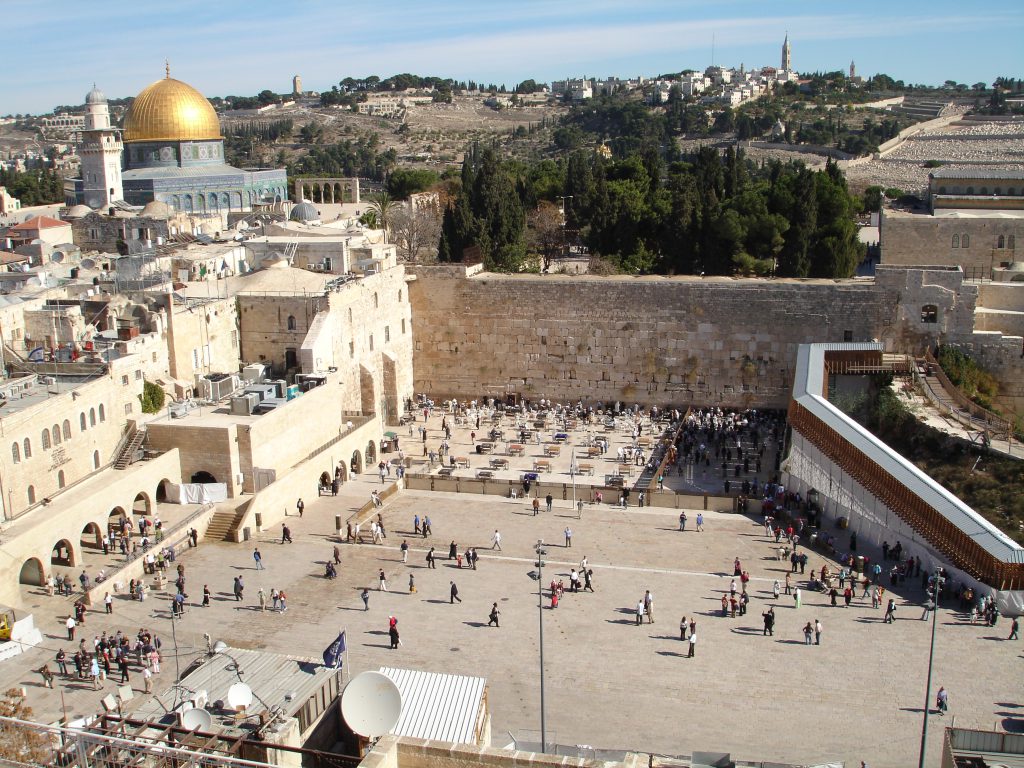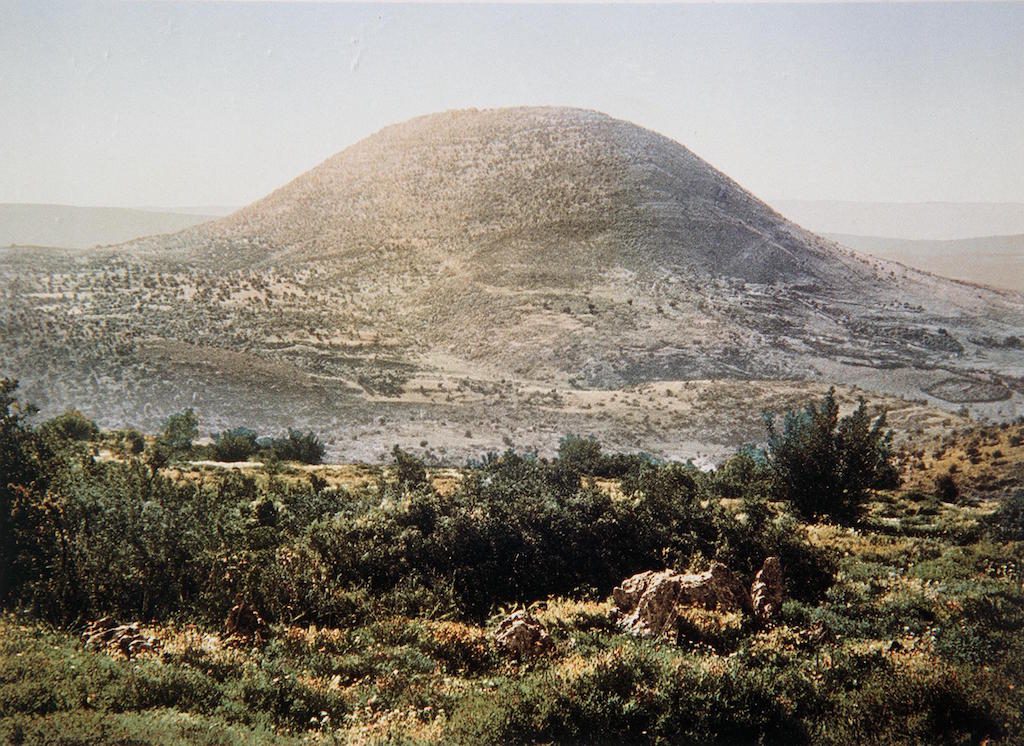In honor of Yom Ha’Atzma’ut this week, The Kosher Backpacker is proud to present an overview guide and listing of resources to the Israel National Trail, or שביל ישׁראל.
The trail is the brainchild of Appalachian Trail hiker Avraham Tamir, realized under the direction of Ori Devir, then the Director of the Society for the Protection of Nature in Israel (SPNI). It is 620 miles/1200 kilometers long. Walking the entire trail takes 6-8 weeks. Most hikers go from North to South, though starting in Eilat may be desirable if you begin in spring. Many consider ending in Eilat, which is a wonderful resort town, to be more emotionally fulfilling than ending in Dan in the North.
When To Go
There are two ideal seasons to complete the hike: October through November, or February through mid-May. The landscape is far greener in the February to May block, and you’re more likely to find water sources.
Many people recommend hiking the trail in winter. American Appalachian Trail hikers are acclimated to rain, and may enjoy the northern part of the trail and find the rainfall reminiscent of the the eastern United States.
What to Pack
I don’t list brands, because I’m not advertising specific ones in this post. I just recommend, more than I do for AT thru-hikers, to go light. The Negev especially can be hard on a backpacker, and lighter will help you avoid de-hydration.
General
- Backpack (preferably an ultralight)
- Hiking boots / sneakers
- Walking sticks (optional)
- Small knife
- Compass
- Sandals/crocs (preferably sandals you can hike in)
- Hydration (bottles or reservoir)
- Headlamp
- Trail guide
- Sunglasses
- First aid kit / toiletries
- Any electronics you want. In spite of desert, rechargeable powerbanks work better than solar chargers.
Sleeping
- Lightweight 1/2 person tent
- Sleeping pad (I go with closed cell because of puncture frequency)
- 3 season sleeping bag or blanket (prefer a light blanket)
Cooking
- Lightweight pan or pot
- JetBoil or MSR Pocket Rocket (canisters are available)
- Mug / bowl
- Spork, or other cheapo eating implement
- Lighter
Clothing
- Bandana or sun hat
- Fleece cap (depending on season)
- Waterproof jacket (depending on season / you can get by sometimes with an umbrella)
- cotton/hybrid long sleeve shirt (can help with sun protection)
- Convertible pants
- Lightweight fleece top or down puffer, depending on season
- wicking t-shirts (2)
- 2 pairs of socks
- 2-3 pairs of underwear
- Bikini and necessary bras for women
On Phones
US and Canadian cell phone carriers do offer roaming plans if you plan to visit Israel, however, they are the province of the disturbingly wealthy. The Israel National Trail has a variety of conditions that make carrying a phone desirable. If your phone is unlocked, you may be able to acquire an Israeli SIM card for it.
Otherwise, you should rent (a possibility) or buy a short-term Israeli phone plan while you are there.
Trail Angels
In Israel, “trail angels” are a little different than the ones you encounter on the Appalachian Trail. In Israel, they actually maintain a register of these folks, so there’s an element of predictability that you don’t find in the United States.
The only English list of trail angels can be found here.
Regions of the Hike
The Negev

For hikers familiar with American desert hiking, this isn’t significantly different. The logistics of water/supply caching can be a little easier than some desert hikes in the American Southwest.
You’ll fall in love with the rust, purple, and ochre terrain, juxtaposed against the clear blue skis. Canyons and ridges, makhteshim (craters), acacia trees growing isolated by dry river beds…the land is ancient and spectacular.
Make the Palmah Ascent, a route used by Jewish forces in the 1940s as they skirted British troops.
Enjoy the renowned hospitality of the Bedouin while looking out for the Nubian Ibex, wolves, and the occasional camel.
Jerusalem and Valley of Elah

We’ll do a separate post about it of these days, but with an additional 26 mile loop on the Jerusalem Trail, you can take in many of the amazing sights of Israel’s beloved capital.
The North

Fertile farmlands, lush greenery that stands in contrast to the Negev, sites central to three of the Abrahamic faiths, Roman ruins, and so much more.
So, you should know…
Camping can be problematic. Sites are designated, litter is a problem, and Israelis are, well, interesting. They have a different regard for personal space and consideration of public conduct than people from the United States and Canada. If you can’t sleep through noise, many of the campsites on the INT will be a troublesome experience for you.
Still, Israelis are well-known for their hospitality. If you don’t speak Hebrew, no worries, most signage is in English, and most folks you encounter will speak English, in many cases better than you do.
Additional Resources
Israel National Trail and Jerusalem Trail Guidebook
http://theintexperience.com/ – Excellent online guide, broken down into sections
https://israelhiking.osm.org.il/ – (Hebrew) online map, good chance to brush up on your language skills
